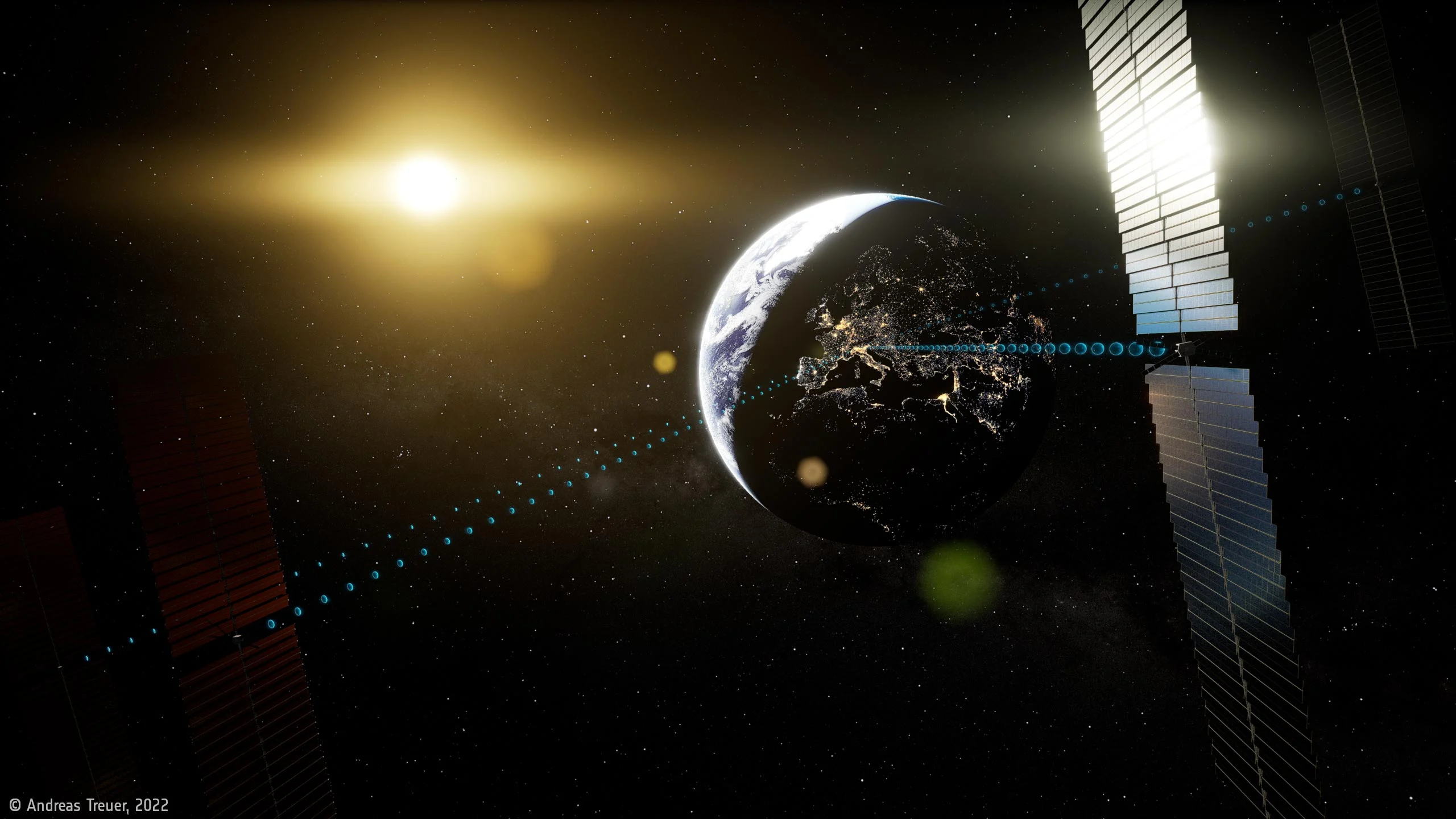
Space-Based Solar: Meeting Future Energy Demands (Space Tech)
Views: 1
- Air Force Research Laboratory
- Coal plant retirements
- Disaster recovery
- Economic feasibility study.
- Energy independence
- Energy market opportunity
- ESA (European Space Agency)
- Global energy needs
- Grid reliability
- Infrared laser transmission
- Investment
- Legislative milestones
- Microwave transmission
- NASA-DOE Interagency Coordination Bill
- National security
- Nuclear power capacity
- Portable receiver stations
- Power beaming systems
- Power grid modernization
- Renewable energy
- Solar power satellites
- Solaris project
- Space Solar Power (SSP)
- Space-Based Solar Power (SBSP)
- Technical feasibility study

0 Comments